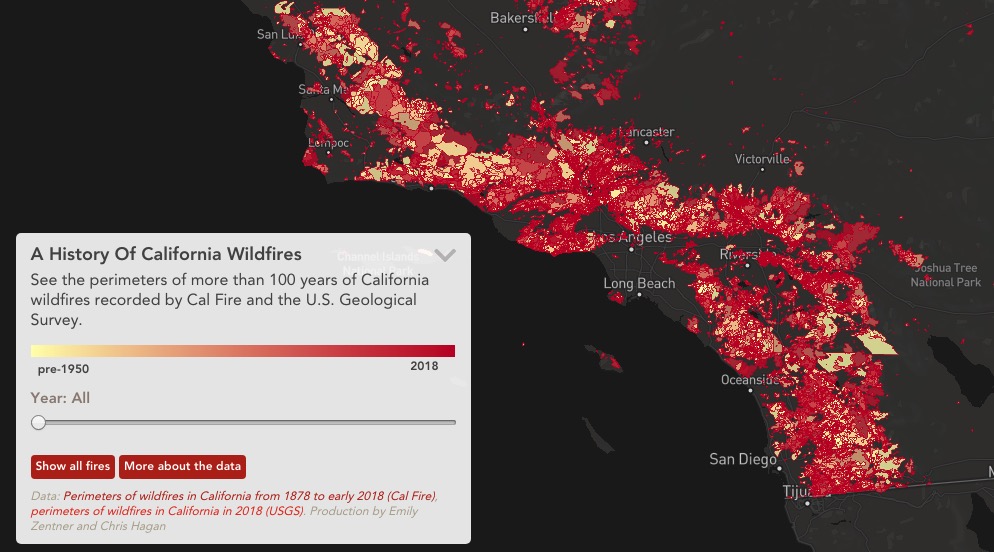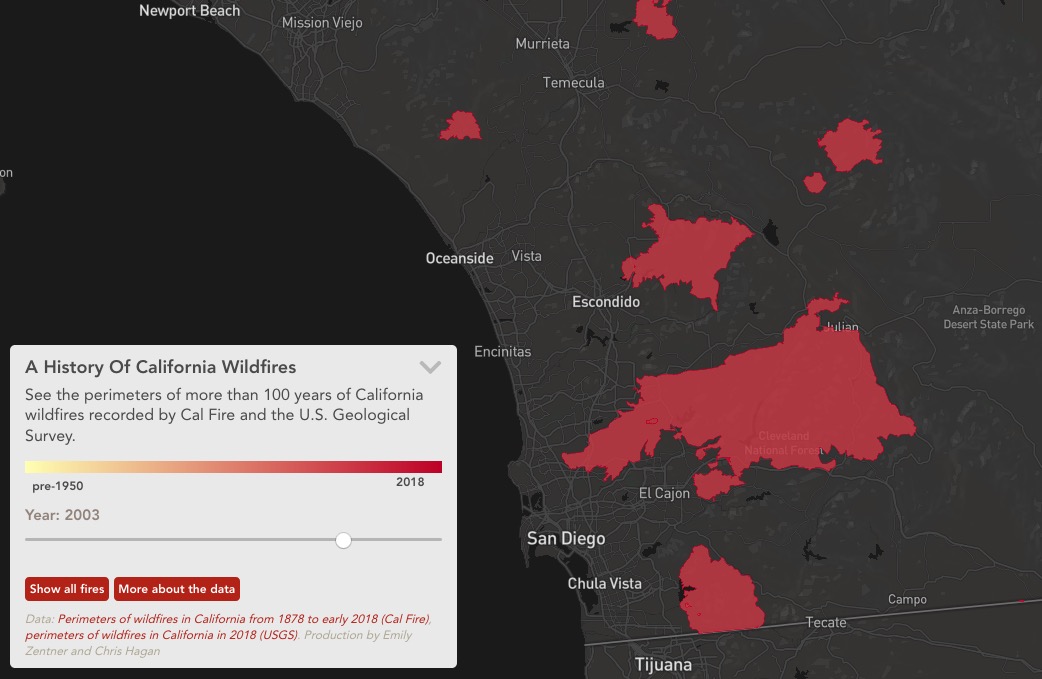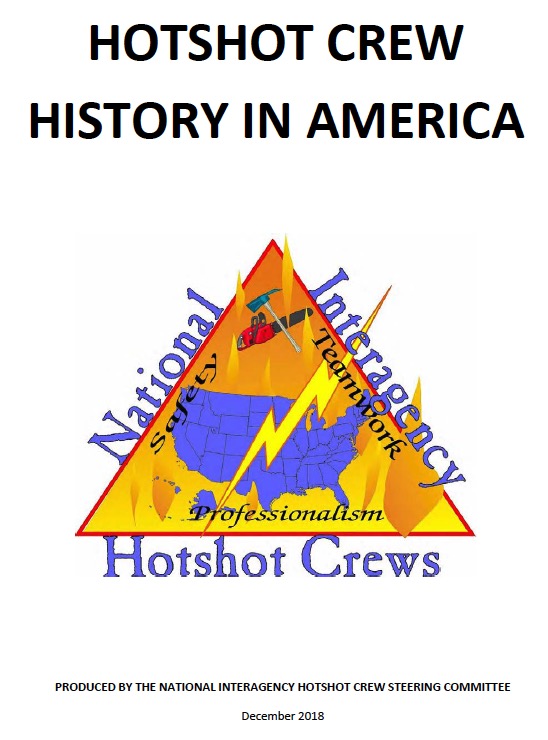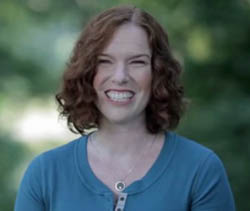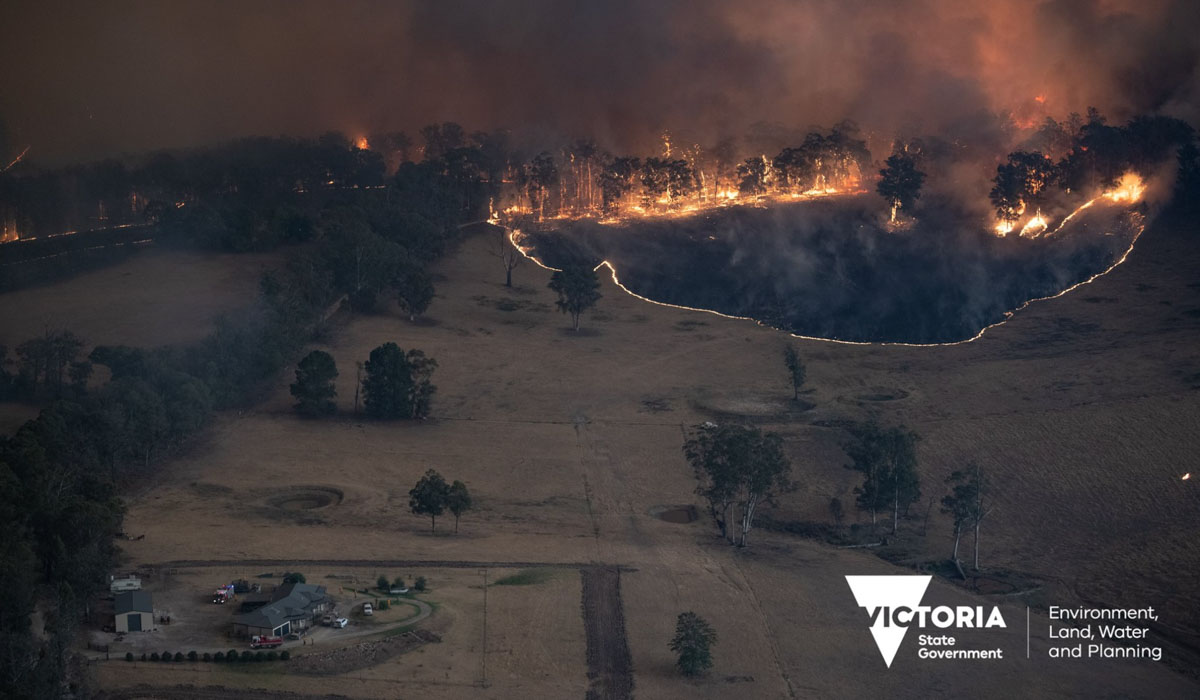
The 2019-2020 bushfire season in Australia will be one for the history books, much like the fires they had in 2001-2002. Today we have an article from a guest author who shortly after the 2001 Black Christmas bushfires wrote about firefighting in Australia. Dick Mangan retired from the U.S. Forest Service as the Fire Program Leader at the Missoula Technology Development Center and is a past President of the International Association of Wildland Fire.
Battling Bushfires in the Land of Oz
Dick Mangan
Blackbull Wildfire Services
Missoula, Montana USA
Copyright 2002
For the Christmas 2001 holiday season, many of us in the United States and Canada were experiencing a classic “White Christmas”. Temperatures were cold, there was snow on the ground, and the wildfires of 2001 were just a memory of days past. Wearing a warm wool sweater, and with a mug of hot coffee (or hot, spiced wine) in hand, we logged on the fire web sites to talk amongst ourselves about GS-8 engine foremen, getting 1000 hours of overtime, and a 30% pay raise for fire folks in Southern California.
But a half a world away, in the Southern Hemisphere, there was no sitting back and enjoying Christmas with your family if you were an Australian bushfire fighter. Experiencing some of their worst fire weather conditions in nearly 40 years, and with a helping hand from lightning storms and local arsonists, the State of New South Wales and firefighters from all over Australia were fighting nearly 100 bushfires that burned 1.2 million acres and destroyed 170 structures. December 2001 in the Sydney area will be known in Australian history as the year of the “Black Christmas”!
As the Australian fire situation reached the American media, the fire web sites picked up the discussion: “why aren’t the Aussie’s asking the U.S. firefighters to come down and help”; “what the Aussie’s need is the A-10 ‘Firehog’ to stop their fires”; “what about the CL-415 ‘Super Scooper’?”
It was apparent that the combination of the information flow over the Internet, coupled with the Australian and New Zealand forces that came to help us in 2000, both created an interest and questions in the minds of US firefighters about fighting bushfires in Australia. It probably helps, too, that “Crocodile Dundee”, Foster’s beer and everyone’s favorite Crocodile Hunter, Steve Irwin, are constant features on American television.
Over the past few years, I’ve been extremely fortunate to make multiple trips “Down Unda”, both in my position as Fire & Aviation Leader at the U.S. Forest Service Technology Center here in Missoula, and more recently as an invited lecturer at the Country Fire Authority (CFA) Fire Training College at Fiskville, Victoria in their Operations Officer’s Professional Development Course. During my visits, I’ve had the opportunity to meet many of the Australian firefighters, and discuss their firefighting strategy and tactics in both classroom settings as well as over a brew in the local pub.
So, what’s it like fighting bushfires in “the sunburned land”???
The Land “DownUnda”
Before we start talking how they fight bushfires “DownUnda”, it’s best to get an appreciation of the Australian landscape. Although it’s about the same physical size as the US, the population of Australia is only about 18 million people, compared to the 285 million that live in the US. And, nearly 90% of the population lives in the immediate vicinity of the Coast. The Eucalypt forests of Australia have a long and storied history of burning. In his book “World Fire”, Steve Pyne says, “Australia is, more than any other, a fire continent.” Why is that so? Well, aside from a highly flammable fuel types that cover much of the country, and an aboriginal culture that has used fires for centuries in almost every aspect of their lives, the weather also cooperates to help the country burn: on February 6, 1851 the city of Melbourne recorded a maximum temperature of 117°F. This is coastal city, not a town like Phoenix or Tucson in the Southwestern desert of the US.
The Australian Fire Problem
Not only does Australia have the climate and the fuels to cause a major fire problem, it also has the history to show that these forces, combined with lightning or human-caused ignitions, can wreak havoc on the countryside when the conditions are right:
* In January 1939, the temperature in Melbourne hit 112.5°F, with wildfires burning “millions of hectares”, and killing 71 people;
- On January 7, 1967, fires in Tasmania killed 62 people, and burned “thousands of square kilometers” in the second worst fire in Australia’s history (to that date).
- In January 1969, an “enormous grass fire” killed 17 recreationists;
- On Ash Wednesday 1983, 76 people were killed and 2676 needed medical attention as 400,000 hectares of ground and 3000 houses and other buildings were burned in the states of Victoria and South Australia;
- In New South Wales State around Sydney in January 1994, 4 were killed. 100 injured, 185 buildings destroyed and 800,000 hectares were burned by bushfires.
The fires that occurred over the Christmas holidays in 2001 are just part of the continuing saga of fires in Australia that will likely continue into the 21st century.
The Fire Organizations in “Oz”
For someone who spent more than 30 years fighting fire in the US, it was a real cultural shock to make my first trip to Australia and find out how differently their organizations are from those in the US that I was familiar with.
First, the bushfire suppression responsibilities in Australia rest with the individual States and territory, rather than with a strong centralized Federal fire force. New South Wales (around Sydney), Victoria (the Melbourne area), South Australia (surrounding Adelaide), Queensland (the Brisbane area), West Australia (Perth area), the Northern Territory (from Darwin, south), and the island of Tasmania: these are the major governmental entities with a responsibility for bushfire fighting in Australia. The role of the Federal government (the “Crown”) in bushfire activities is pretty much limited to the area of research, which I’ll discuss a little later in the article.
Probably the most significant difference between the US and Australian fire forces is that a large majority of the Aussie bushfire fighters are volunteers! Yeah, there are full-time, paid firefighters in the bigger cities (I refuse to call them “professionals”, implying that volunteers are somewhat less-than professional), but they are a small percentage of the total Australian Fire forces. In States like Victoria, the Country Fire Authority (CFA) has responsibility for fire suppression on all the private, non-State lands: they have a work force of 800 paid staff and 65,000 volunteers. New South Wales Rural Fire Service has 450 paid staff and 70,000 volunteers. The Country Fire Service in South Australia (CFS) protects 33.4 million acres with 17,000 volunteers in 430 fire brigades. The paid staff on the fire services of the various states provides the senior leadership, administrative support, trainers, maintenance personnel and day-to-day resources necessary to run a 24 hour-per-day fire operation.
Another major difference between US and Australian fire forces is the almost complete lack of any hand crews used in bushfire suppression: nearly all the suppression action is taken by “tankers” (“engines” in American ICS talk) and occasionally by dozers on larger fires. Farmer’s tractors with plow units are also used extensively on the grass and brush fires in the non-forested areas. The general rule of thumb is that you fight fire to the end of your hard line reel, rather than making the multi-thousand foot hose lays that occur in many of the western US states.
The Incident “Controllers” (Incident Commanders under US ICS) on most initial attack and extended initial attack fires, are often volunteers. During the 1990’s, the Australasian Fire Authorities Council (AFAC), which is the US equivalent of the National Wildfire Coordinating Group (NWCG), has set minimum “competencies” for all positions in the bushfire fighting organization, and many volunteer fire brigades are meeting the requirements of those “competencies”.
But the volunteer fire services in Australia face many of the same problems that we have on volunteer departments here in America: an aging workforce; dual-career couples, with limited time for activities outside the home and family; an increasingly complex fire work environment that has training requirements not only in bushfire suppression, but also in structural fire, hazmat, and emergency medical assistance, all while holding down full time jobs.
Across Australia, acceptance of the “AIIMS” (Australian Inter-Service Incident Management System) Incident Control System (ICS) is widespread, and being effectively used on most bushfire incidents. There are several differences in the Australian implementation of ICS compared with the US version, however. First, the Aussie’s classify their fire’s in the opposite order that we do in the US: their least complex fires at initial attack and extended initial attack are called “Type 1” fires; the most complex are classified as “Type 3” incidents.
Incident Management Teams are used on Australia’s largest and most complex bushfires, much like they are in the US; however, they are generally formed on an “as needed” basis, rather than having pre-designated teams that stay together year after year as is common with US Type 1 and Type 2 teams. They are interagency in nature when a multi-jurisdictional fire occurs, and since they are based at the State level, are often on the scene of an emerging fire within hours of its escape from initial attack. An organizational difference between Australian and US fire teams deals with Fire Safety Officers. While US teams have qualified Safety Officers working for the Incident Commander on the Command and General Staff Group, the Australians have yet to incorporate the Safety Officer position into their ICS organization. They believe, for the most part, that safety is the responsibility of each individual firefighter. Assigning a Fire Safety Officer might cause an individual firefighter to pay less attention to their own safety on the fireline, believing that someone else was watching out for their well-being.
In Australia, there is no National-level Coordination Center such as we have at Boise, Idaho. When the fire situation exceeds the suppression resource capability of the State where it occurs, the fire dispatchers of the affected State must “run the trap line” for available resources from all the other Aussie States. This situation offered interesting challenges both during the “Black Christmas” fires of 2001 in New South Wales, as well as during the mobilization of Aussie and New Zealand fire overhead to Montana and Idaho during 2000.
Protecting the Firefighters
The Australian bushfire fighters are exposed to most of the same fire hazards as their American partners. Like us, they wear protective clothing intended to protect them from the effects of radiant heat and burnovers. While most US firefighters are wearing Nomex® fire clothing, the Aussie’s tend more toward Proban®-treated cotton. And while most US firefighters are wearing the 2-piece shirt & trouser ensemble, most Aussie firefighters tend toward the one-piece jumpsuit style of protective clothing. There is no “standardized” design or color of protective clothing for Aussie firefighters, although some of the States are recognizing the potential cost saving to be realized from some degree of standardization of design, if not color. The upcoming International Standards Organization (ISO) standards for wildfire protective clothing, and the economic benefits of standardization, will likely move more of the Australian States towards a more common design for their protective clothing.
Although the concept of fire shelters were first introduced by the Australians in the 1950’s, the idea quickly lost favor among their research community, and was never pursued as it was in the US. While there are some strong voices in the Australian fire community that continue to down play the potential life-saving aspects of the fire shelters, believing that training can overcome the risk of becoming entrapped and needing a fire shelter to survive, the shelter is gradually being looked at among some Aussie firefighters as another tool that may ultimately increase their safety, and may even save their lives.
While Australian firefighters don’t carry fire shelters, and believe that their training will keep them from becoming entrapped on bushfires, they do place a high degree of trust in the protection systems designed for their tankers. Since most of their fire suppression is tanker based, and firefighters are seldom far away from their tanker, it makes sense to that this is your safety zone in case of a fire blowup. But, to be survivable, the tanker must be able to cool the radiant heat and direct flame contact that occurs during extreme fire conditions. The Australian answer: an emergency spray deluge system that envelops the entire tanker in a mist of water when threatened with a burnover. Successful in saving firefighter lives in some instances, and unsuccessful in other circumstances, the concept of creating a survivable environment in a tanker has gained widespread support across Australia. Tanker protection spray systems, reflective curtains, and cab modifications are being aggressively pursued as methods of protecting bushfire fighters in case of entrapments.
Since the large majority of Aussie bushfires are suppressed in the first burning period by firefighters close to their tankers, the use of web line gear has not really surfaced as a need among Aussie firefighters. There is a significant amount of importance placed on adequate hydration, but carrying line packs with 20-35 pounds of gear is not the norm.
Essential items such as drinking water are delivered to firefighters on a regular basis, since much of the fire fighting is close to the road system.
Science and Research
As I mentioned earlier, the presence of a national Federal fire force is non-existent in Australia. But, there is a small group of really excellent fire scientists at work DownUnda whose impact is felt worldwide in the wildfire community. The Commonwealth Science and Industry Research Organization (CSIRO) host a small but dedicated group of fire researchers comparable to the folks at the Missoula and Riverside Fire Labs in the US. Although much smaller in number than their American counterparts, these folks have made significant contributions to the body of knowledge about fire behavior and fire safety for all of us around the world. Phil Cheney and Jim Gould have done some outstanding fire behavior research on “Project Vesta” in Western Australia that provided significantly new and different information about the rates of spread that affected firefighter safety. Phil transferred that information immediately to field firefighters through his CD-rom video “the Dead-Man Zone”, unwilling to wait for the normal. drawn-out process of publishing in Technical journals. Another CSIRO-sponsored fire research project was “Project Aquarius” under the direction of Dr. Grahame Budd. It looked at the physiological effects of firefighting on the firefighters, and reported out that the purpose of fighter protective clothing is “ to LET heat out, not KEEP heat out.” With only a small staff, the CSIRO Bushfire group has made important contributions to fire safety in Australia as well as the rest of the world’s fire community
In addition to the great work done by CSIRO at the national level, some excellent work is also being done in the various states around Australia: Richard Donarski with the New South Wales Rural Fire Service, and Barry “Rocky” Marsden with Victoria Natural Resources and Environment are both players on the National and international scene in the area of fire equipment development. There’s also a volunteer firefighter in South Australia, Dr. Bruce Paix, who has made significant contributions both within Australia and abroad to the issue of Tanker protection systems. Bruce exemplifies the best of the Australian volunteer spirit, donating his time and expertise to not only fight bushfires, but to develop a safer system to do so.
Where There’s Fire, There’s Smoke
One of the emerging issues in the world of Australian fire these days is the subject of fuel reduction and the social impacts of smoke. Sound familiar??? The recent fires around Sydney have aroused the interest of the local population about fuel reduction projects, but another portion of the residents don’t like the smoke, while others are against changing the “natural environment”. Just like life in the old US of A!!!
Firefighting Gone Wrong
Like the US firefighter community, the Australian bushfire fighters have seen friends and neighbors killed battling fires. On of the most recent tragic evens occurred in December 1998 in Victoria when five (5) volunteer firefighters were killed in a tanker burnover on a bushfire near the town of Linton. The impact of those fatalities, and the recommendations of the three (3) year Coronial Inquest that were delivered on January 11, 2002 have the potential of having the same impacts on the Australian fire fighters as the South Canyon and Thirtymile fires had on their American counterparts. Tanker burnovers are the most common cause of deaths among the Aussies, and they have responded by focusing a great amount of energy on developing improved systems for protecting firefighters inside their tankers. Spray systems, reflective curtains and fire-resistant components for inside the tanker cabs are all being aggressively used to make the tankers less susceptible to burnovers like occurred on Linton.
So What’s Next, Mate??
Now that we’ve looked at fighting bushfires in Australia, what’s it all mean to those of us in the US??
Well, first of all, I think that we can safely assume that very few of us will be called “DownUnda” at portal-to-portal pay, with H-pay and OT, to help out our Aussie friends. The Aussie volunteer spirit is the mainstay of their fire organization, and they’re willing to work hard to keep that spirit alive without much help from the outside. I do believe that there are circumstances where US firefighters can offer some specialized help under serious fire conditions – helicopter managers and Safety Officers come to mind – but for the most part, don’t expect to see large numbers of Yanks heading south. The Aussies and New Zealanders that helped us in Montana and Idaho in 2000 were mostly top overhead, who could easily fit into our Incident Command System and manage large fires with hundreds of firefighters. I doubt that we’ll see those opportunities arise on the shorter duration fires that occur in Australia.
I’m also afraid, however, that the changing culture of the wildland-urban interface dweller in Australia will put more pressure on their friends and neighbors in the volunteer fire services to take exceptional (and unacceptable) risks to defend the homes and properties that they have developed in indefensible places (just like here in the US.) The “can do” spirit of firefighters around the world that has helped us become so successful also has the potential to put Aussie volunteer firefighters in risky situations in the years ahead. To prevent this form happening, solid training and strong leadership at the local fire brigade level will be essential.
If you ever get the chance to meet and visit with an Aussie firefighter, don’t let the opportunity pass you by: they’re good mates!! They share a common bond with those of us in North America in the wildfire suppression world, and are rightfully proud of the successes they have, year after year, as a volunteer fire force in a fire environment almost unparalleled anywhere else in the world.

